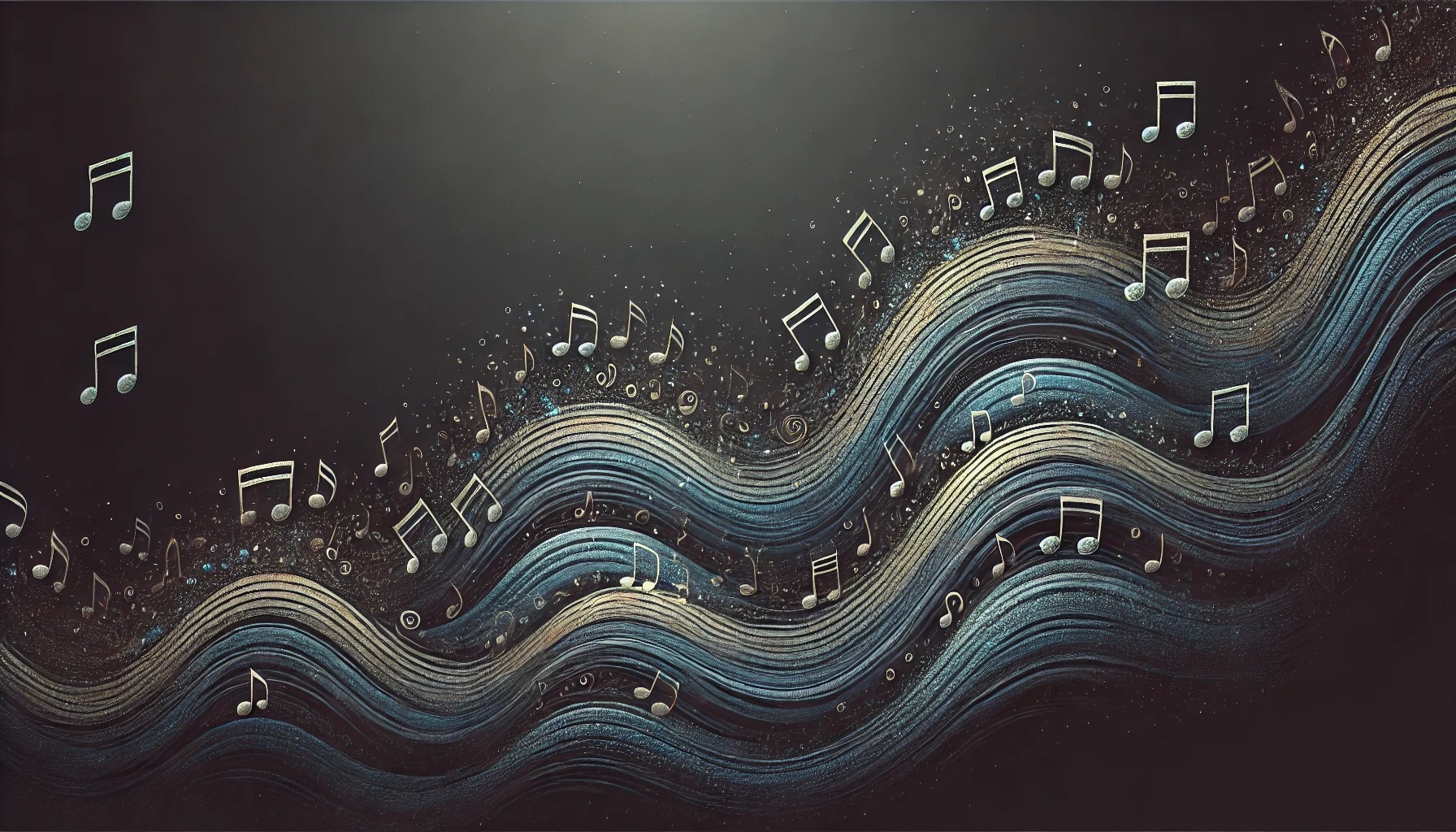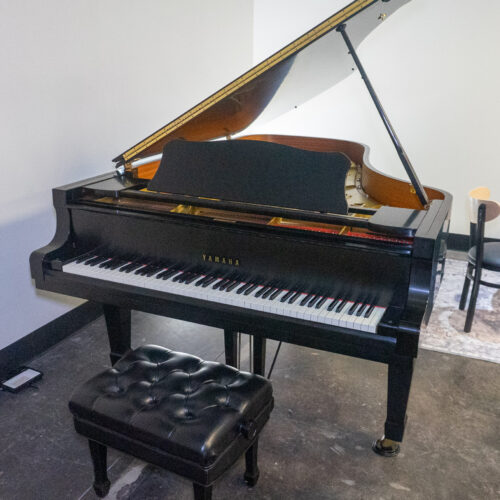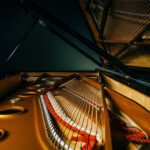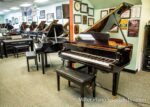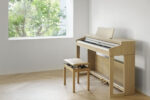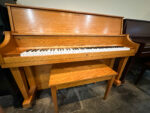The piano instrument was first invented in 1700, and today it is considered the most famous instrument in the world! Just over 21 million Americans claim to play the piano regularly. With all its popularity, these fun facts about the piano might surprise you. Keep reading to learn about these fun facts about the piano you should know:
1. The Name “Piano” Is Just a Nickname
Believe it or not, the original name of the piano was gravicembalo col piano e forte. A rough translation of this name is “soft and loud harpsichord.” The poet and journalist Scipione Maffei named Cristofori’s instrument a “gravicembalo col piano, e forte,” in his enthusiastic 1711 description. Unlike its forerunner, the harpsichord, the piano’s new and more complex technology allowed the piano player to control the dynamics of the music through the speed at which a key was pressed. However, of course, nobody would actually enjoy calling the piano the gravicembalo col piano e forte regularly. Not long after, the piano became widely known as the “pianoforte” (the “soft-loud”), which is its proper formal name.
2. The Black and White Keys Were Reversed
On the earliest keyboard instruments, like the clavichord and harpsichords, the early pianos, the large white keys on the modern piano used to be black, and the small black keys were white. However, many piano players came to realize that this set-up caused needless mistakes and confusion. The confusion came from the space between the large keys, which adjoin each other, which was not as visually distinct as it could be. Reversing the colors made it easier to play, and it is now the piano we all know and love today. Check out this video:
3. Is The Piano A String Instrument or Percussion Instrument?
The age-old question: Is the piano a stringed instrument or a percussion instrument? The piano has over 200 strings, but the hammers also hit the strings that make the sound. So while the piano could technically be in the stringed instrument family, most experts consider it a member of the percussion family.
4. You Can Control the Piano
The piano is one of those instruments that seems rather complicated to play. The piano has its challenging aspects. However, there are two simple aspects of making a piano sound incredible: How long you press the keys and how you press the keys. For example, our hands can control the initial volume of a tone, regulated by the velocity at which a key is depressed. And the second aspect we can control is how long the tone lasts, controlled by how long the key remains depressed.
5. The History of Piano Pedals
The three or sometimes two pedals that exist on most contemporary pianos we know today are the only survivors of a wide variety of pedals that existed in the past. Some older pedals include the following:
- The lute pedal altered the tone to something like a violin player plucking a string called pizzicato. That would be nice to have when creating an exaggerated staccato.
- The cembalo pedal changed the tone to sound more like a harpsichord.
- The swell pedal made the overall volume louder or softer by either raising and lowering the lid or opening and closing slots on the sides of the instrument.
The older pedals on these older pianos mimicked/produced the sounds of bells, harp, drums, triangles, and other similar instruments. We may not have any piano pedals that mimick other instruments anymore. However, we do have pianos that can mimic almost every instrument in the world with just the push of a button.
Conclusion
We hope you enjoyed reading these fun facts about the piano you should know! If you’re interested in buying your dream piano, come check us out at Miller Piano Specialists in Franklin, TN! If you have any questions about where to buy a piano for the best price, we are open! Our hours are Monday-Saturday from 10 am to 6 pm. We are happy to help you in person again, using all the guidelines we have been provided. We are here for you.
